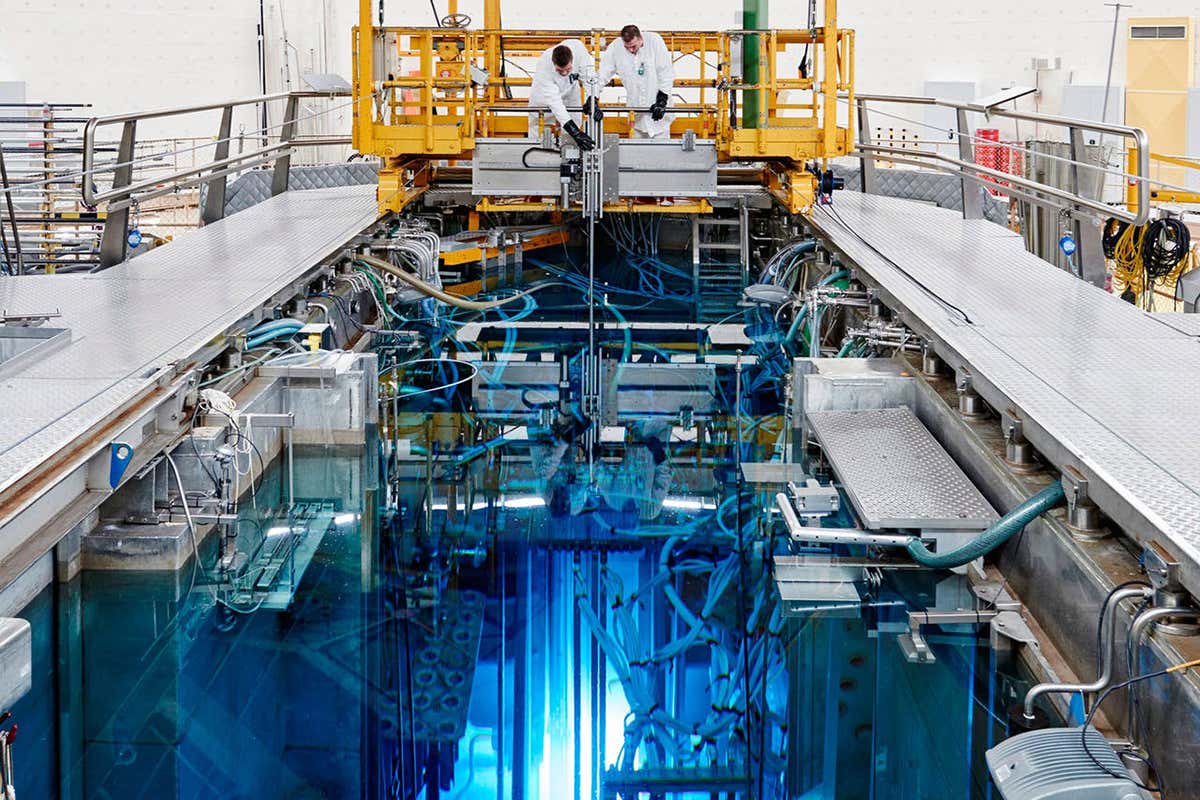Nuclear power is not a particularly popular technology, particularly on the left. However there is a serious gap in how much energy society needs, and how much it can provide, particularly when greenhouse gas emitting fuels such as coal are removed from the table.
Nuclear power has got a bad rep, but this is less than deserved. Coal has caused more deaths through air pollution than nuclear power. The disasters at Three Mile Island, Chernobyl, and Fukushima should not be played down, nor the dangers of radioactive waste underestimated, but there are a new wave of nuclear designs being piloted.
The problem with “old-style” centralised nuclear power plants are that they are huge, very expensive and time-consuming to build, one-off designs, and not ideal in today’s decentralised and bidirectional power ecosystem.
Recently a whole raft of new, smaller, modular nuclear designs have been brought forward. These are intended to be built in factories in batches, then assembled on site, thus cutting costs and saving time. These “fourth generation” nuclear power plants are based on various different configurations, but many use the concept of molten salt thorium reactors, which avoid some of the main pitfalls of conventional nuclear: thorium is plentiful, they are safe, produce less waste (and no plutonium for bombs), and can be assembled on site without lengthy permitting, construction and regulatory delays.
The USA pioneered a thorium reactor in the 1960s, and it ran quite successfully for four years, but as it did not produce plutonium the military did not support it and it was closed down.
Some of the current models being tested:
China announced the completion of its first experimental thorium-based nuclear reactor in August 2021. Built in the middle of the Gobi Desert in the country’s north, the reactor over the next few years will undergo testing. If the experiment proves successful, Beijing plans to construct another reactor potentially capable of generating electricity for more than 100 000 homes.
Several other countries are also moving to reap thorium’s unique properties. In the past, India, Japan, the United Kingdom, the United States of America and other countries have demonstrated enthusiasm for research into the possible application of thorium in nuclear power. The appeal of this metal is its potential to be a more abundant and efficient substitute for uranium, the dominant nuclear fuel.
In the USA, NuScale Nuclear is working on SMR technology it hopes to bring to a commercial scale project in the near future.
NRG, a nuclear research facility in Petten, on the North Sea coast of the Netherlands, has launched the Salt Irradiation Experiment (SALIENT) in collaboration with the EU Commission. The researchers want to use thorium as a fuel for a molten salt reactor, one of the next-generation designs for nuclear power in which both the reactor coolant, and the fuel itself, are a mixture of hot, molten salt.
Many believe that molten salt reactors are well suited for using thorium as a fuel. Their unique working fluid can achieve very high temperatures, significantly boosting the efficiency of the power generation process.
So there are many possibilities for new, safer, nuclear technology on the horizon.

